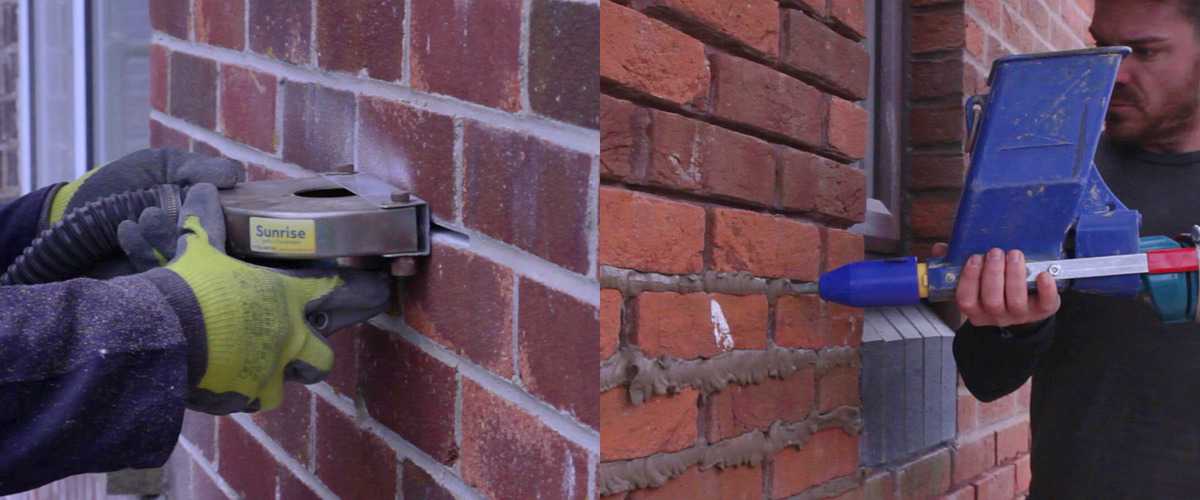Repointing brickwork is an essential maintenance task that helps preserve the structural integrity and aesthetic appeal of your home or building. Over time, the mortar between bricks can deteriorate due to weathering, moisture, and age, leaving your walls vulnerable to damage. By repointing brickwork, you can restore both the strength and style of your masonry, ensuring it remains durable and visually appealing for years to come.
What is Repointing Brickwork?
Repointing brickwork involves the process of removing damaged or crumbling mortar from the joints between bricks and replacing it with fresh mortar. This not only enhances the appearance of the wall but also prevents water ingress and structural weakening. It’s a critical step in maintaining the longevity of brick structures.
Signs Your Brickwork Needs Repointing
- Cracked or Missing Mortar: If you notice cracks or gaps in the mortar, it’s time to consider repointing.
- Water Penetration: Damp patches on interior walls may indicate that the mortar is no longer providing a proper seal.
- Loose or Dislodged Bricks: Weakened mortar can cause bricks to become unstable, posing a safety hazard.
- Erosion: Over time, mortar can erode, leaving deep recesses between bricks.
Benefits of Repointing Brickwork
- Enhanced Structural Integrity Repointing restores the strength of your walls by securing the bricks and preventing further damage caused by shifting or moisture.
- Improved Weather Resistance Fresh mortar creates a tight seal, protecting your building from water infiltration and reducing the risk of frost damage.
- Aesthetic Appeal Well-maintained brickwork adds charm and character to your property. Repointing ensures your masonry looks clean and uniform.
- Increased Property Value Repointing is an investment that boosts the overall value of your property by improving both its appearance and structural soundness.
The Repointing Process
- Assessment A professional will inspect your brickwork to determine the extent of the damage and identify the areas that need repointing.
- Mortar Removal The old, damaged mortar is carefully removed using specialized tools to avoid damaging the surrounding bricks.
- Mortar Matching It’s crucial to match the new mortar’s color and composition to the existing one to maintain the original look and ensure compatibility.
- Application Fresh mortar is applied to the joints using a pointing trowel, ensuring a snug fit and smooth finish.
- Curing The mortar is left to cure, typically for 24 to 48 hours, to ensure durability and stability.
DIY vs. Hiring a Professional
While some homeowners may attempt to repoint small sections of brickwork themselves, larger or more complex jobs should be left to professionals. Experts have the skills and tools needed to achieve a flawless finish and ensure the long-term stability of your masonry.
Tips for Maintaining Repointed Brickwork
- Regular Inspections: Check your brickwork periodically for signs of wear and tear.
- Protect Against Moisture: Ensure proper drainage and consider applying a water-repellent sealant.
- Avoid Harsh Cleaners: Use gentle cleaning methods to avoid damaging the mortar.
Conclusion
Repointing brickwork is a vital aspect of building maintenance that enhances both the strength and style of your property. By addressing damaged mortar promptly and investing in quality workmanship, you can preserve your masonry’s durability and beauty for generations. Whether you opt for professional services or tackle small repairs yourself, repointing is a worthwhile investment that safeguards your property and its value.
